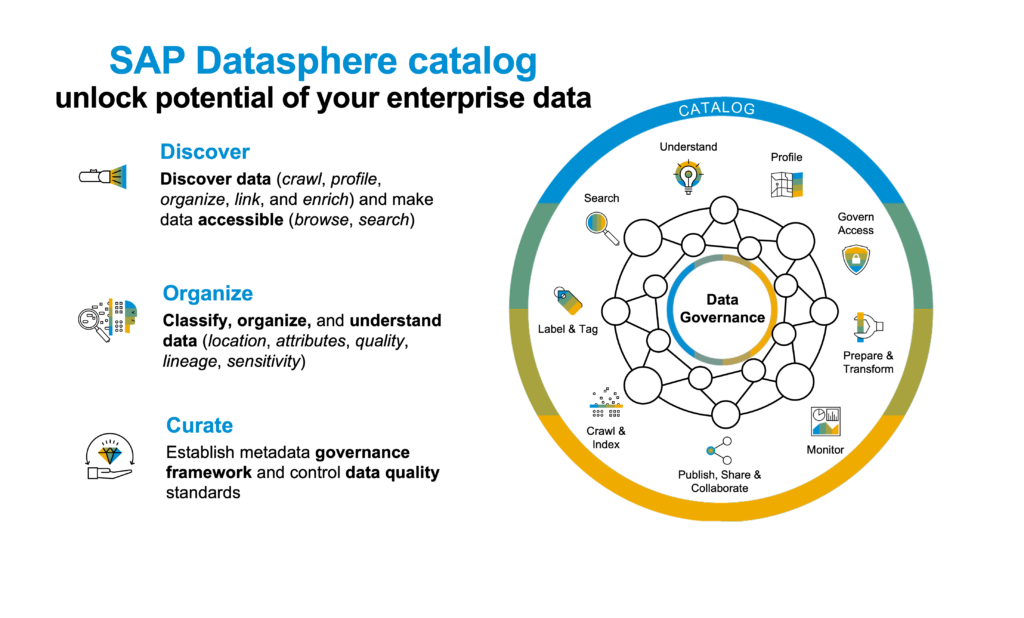The time has come: your ERP system is practically in the starting blocks. However, in order to be able to work with the new solution, you need to transfer the data from the previous system. The data import - the last step of a successful ERP implementation in three steps:
Step 1 - The right format for data import

There are various common formats for importing data, such as xml, txt and csv. Formats from Microsoft Office programmes such as Microsoft EXCEL or Microsoft ACCESS are also frequently used. The ASCII format is also frequently used, which can be imported or exported with DATEV-programmes is necessary.
Step 2 - Data cleansing for data import
The effort involved in data cleansing is often underestimated but is absolutely necessary before data import! As soon as there is a duplicate or an incorrect or incomplete data record in the new ERP, this can lead to malfunctions and reduce the efficiency of the system.
Step 3 - Customise data for data import
Often only master data, e.g. customer data and article information, can be imported into the ERP. Transaction data such as documents can often not be transferred, as this can often lead to system errors. In addition, the fields in the import table must be standardised with those in the software during data transfer. Data formats should also match (Step 1) and no special characters should be used, as all of this can lead to malfunctions in the new system.
Changes to several thousand items of data in the ERP system can also occur outside of an ERP implementation. In this case, an automated data import or more data synchronisation is just as useful as the original import. In this case, the fields in the ERP that do not match the import list are synchronised.
Caution when importing data
Whether you want to import your data into a new ERP or change a large data record: Caution and care are always required when importing important data! It is urgently recommended that you use separate test systems to check the results of the imports first. If in doubt, it is best to contact your respective provider first.

SAP tools for integration & data analysis 2023

Dashboard functions in MARIProject

More key figures transparency in the ERP system

Data warehouse or data lake

Big Data - Relevant for SMEs?

